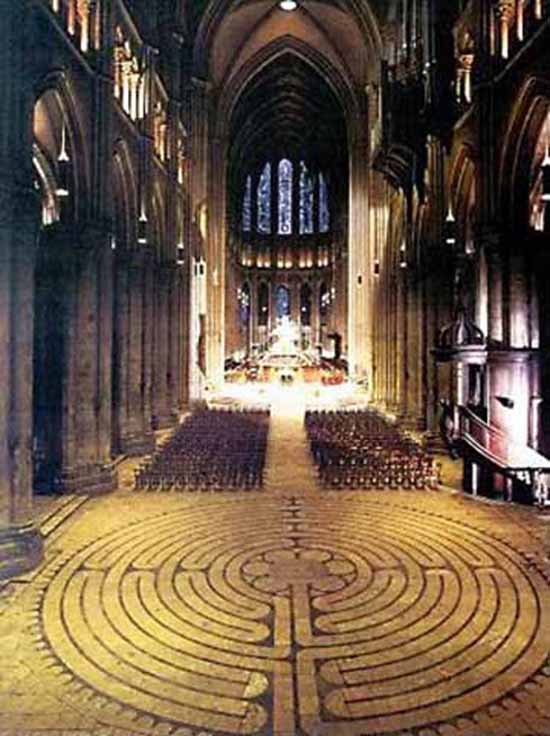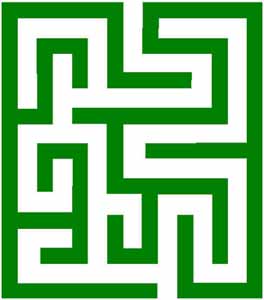

A maze is a path or collection of paths, typically from an entrance to a goal. The word is used to refer both to branching tour puzzles through which the solver must find a route, and to simpler non-branching ("unicursal") patterns that lead unambiguously through a convoluted layout to a goal. The Cretan labyrinth is the oldest known maze.
The term labyrinth is generally synonymous with "maze", but can also connote specifically a unicursal pattern.) The pathways and walls in a maze are typically fixed, but puzzles in which the walls and paths can change during the game are also categorized as mazes or tour puzzles.
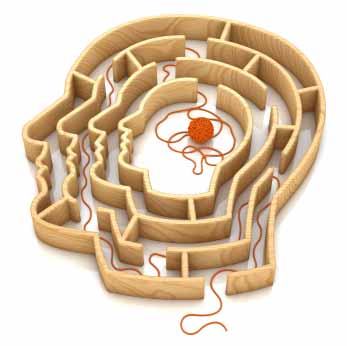
Mazes are often used in psychology experiments to study spatial
navigation and learning. Such experiments typically use rats or mice.
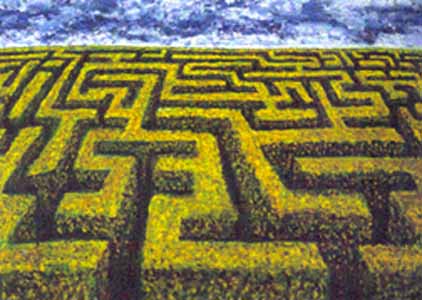
Mazes have been built with walls and rooms, with hedges, turf, corn stalks, hay bales, books, paving stones of contrasting colors or designs, and brick, or in fields of crops such as corn or, indeed, maize. Maize mazes can be very large; they are usually only kept for one growing season, so they can be different every year, and are promoted as seasonal tourist attractions. Indoors, Mirror Mazes are another form of maze, in which many of the apparent pathways are imaginary routes seen through multiple reflections in mirrors. Another type of maze consists of a set of rooms linked by doors (so a passageway is just another room in this definition). Players enter at one spot, and exit at another, or the idea may be to reach a certain spot in the maze. Mazes can also be printed or drawn on paper to be followed by a pencil or fingertip.
'Maze generation' is the act of designing the layout of passages and walls within a maze. There are many different approaches to generating mazes, with various maze generation algorithms for building them, either by hand or automatically by computer. There are two main mechanisms used to generate mazes. In "carving passages", one marks out the network of available routes. In building a maze by "adding walls", one lays out a set of obstructions within an open area. Most mazes drawn on paper are done by drawing the walls, with the spaces in between the markings composing the passages.
Maze solving is the act of finding a route through the maze from the start to finish. Some maze solving methods are designed to be used inside the maze by a traveler with no prior knowledge of the maze, whereas others are designed to be used by a person or computer program that can see the whole maze at once.
The mathematician Leonhard Euler was one of the first to analyze plane mazes mathematically, and in doing so made the first significant contributions to the branch of mathematics known as topology.
Mazes containing no loops are known as "standard", or "perfect" mazes, and are equivalent to a tree in graph theory. Thus many maze solving algorithms are closely related to graph theory. Intuitively, if one pulled and stretched out the paths in the maze in the proper way, the result could be made to resemble a tree. Read more ...
Physicists Have Created The World's Most Fiendishly Difficult Maze Science Alert - July 2, 2024
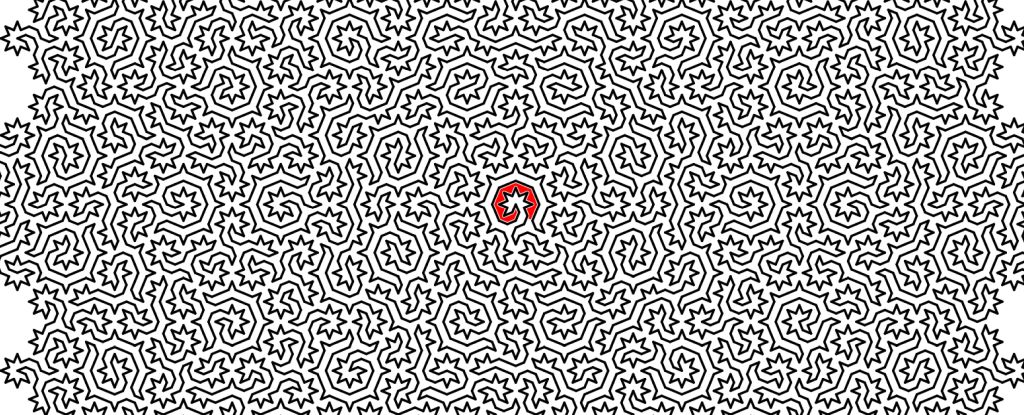
Daedalus could have learned a thing or two from a team of physicists in the UK and Switzerland. Taking principles from fractal geometry and the strategic game of chess, they have created what they say is the most fiendishly difficult maze ever devised
A giant snow maze advertised as the biggest in the world opened this week in Zakopane, Poland. 'Snowlandia' features a maze about the size of eight basketball courts and a giant igloo full of snow sculptures depicting cartoon characters. - Video ~ Weather.com - January 18, 2024
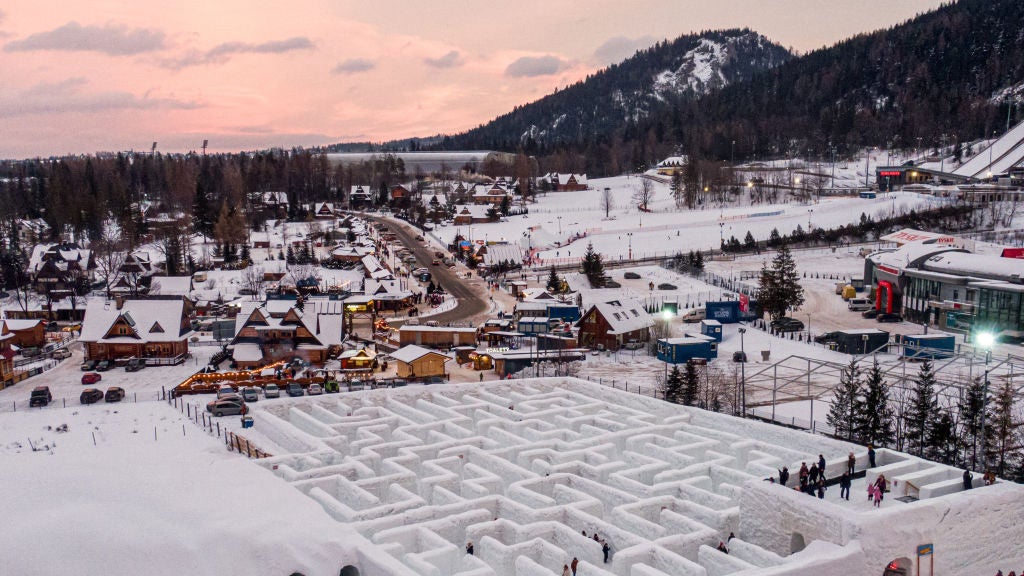
Simple Cells Just Solved One of The World's Most Infamous Mazes Science Alert - August 29, 2020
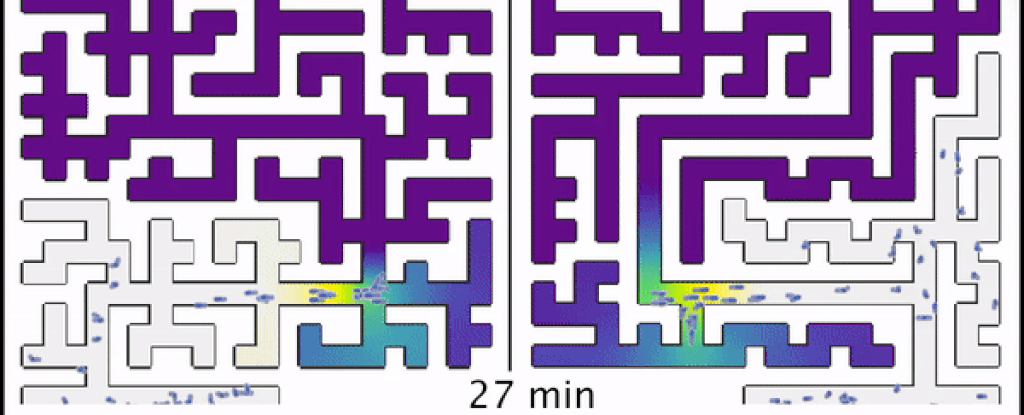
For a single cell, the human body is a gargantuan maze of tissues, chemicals and capillaries, crammed full with trillions of other cells all bustling about like commuters at the world's busiest train station. Somehow, amidst all this hubbub, most cells still manage to reach their destinations. How do they do it? Many cells have a trick up their sleeves known as chemotaxis - essentially, the ability to navigate by sensing the presence or absence of chemical attractants in the environment. Sperm cells use chemotaxis to find eggs, white blood cells use it to rally around infection sites and cancer cells use it to metastasize through vulnerable tissues.
